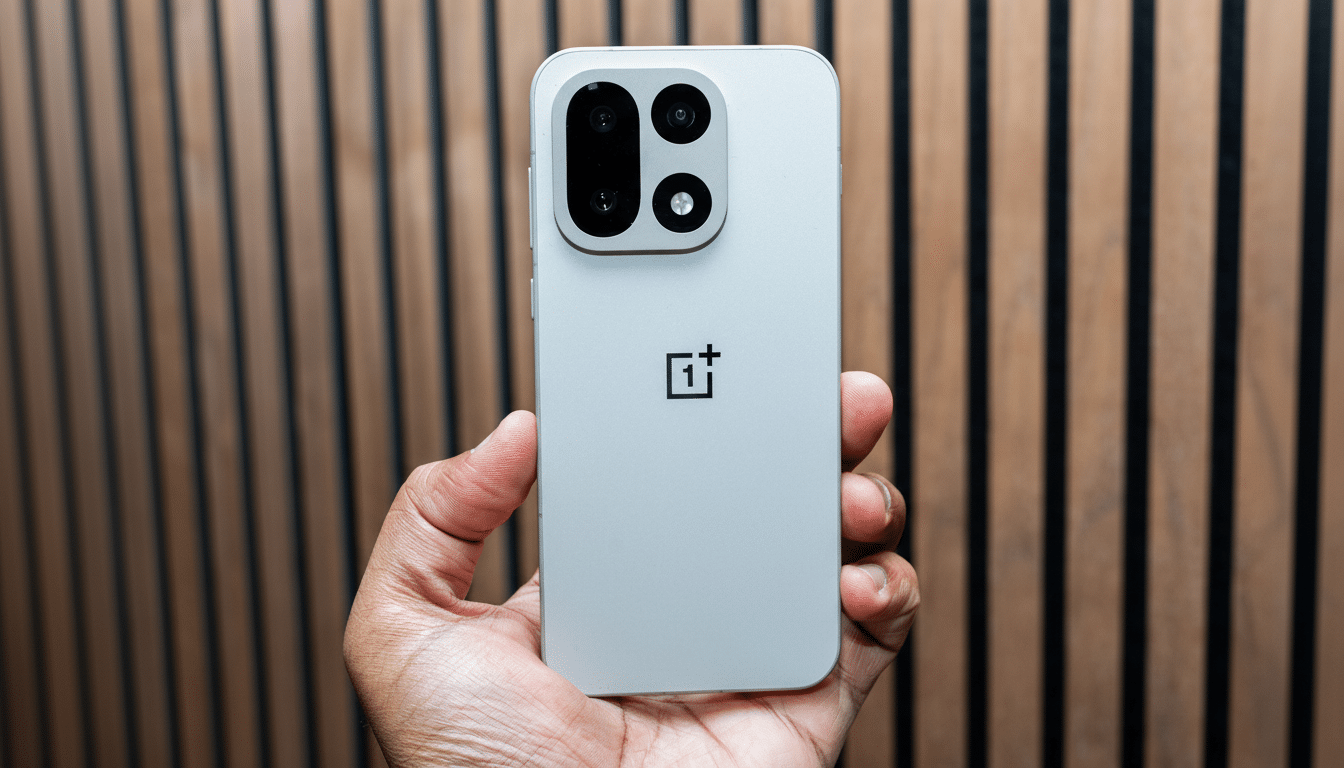Multi-day battery life has finally come to mainstream-sized smartphones, and it didn’t arrive in an iPhone or a Galaxy. New flagships packing silicon–carbon battery tech can last two days of use, while Apple’s iPhone Air and Samsung’s Galaxy S25 Edge hunt for thinness at the cost of endurance, which they pay in lacklustre demand.
Consider the numbers. The OnePlus 15 has a 7,300mAh cell and now the OPPO Find X9 Pro steps in with slightly more at 7,500mAh. That’s nearly 50% bigger than the class-leading (for the most part) 5,000mAh one you’ll usually encounter in devices such as the Galaxy S25 Ultra and somewhere around the 5,088mAh mark in an iPhone 17 Pro Max. When compared with the ultra-svelte models, it’s an even wider berth — the iPhone Air at around 3,149mAh and the S25 Edge at about 3,900mAh. (You can optimize all you want, but physical reality still writes the rules.)
- A Shift Spurred by Silicon–Carbon Anode Tech
- Endurance Outpaces Optimization Myths in Tests
- Charging Speed Is Another Story for Big Batteries
- Why Ultra Slim Flagships Are Faring Poorly
- The Design Trade-Off for Endurance Is Minuscule
- What It Means for Apple and Samsung Going Forward
- Bottom Line: Multi-day Battery Life Has Arrived

A Shift Spurred by Silicon–Carbon Anode Tech
The key lies in switching from pure graphite anodes to silicon–carbon composites that hold more lithium per volume and offer better charging properties. Either they can push more power into similar space, or batteries can last longer with less bulk. In real life, we appear to be getting both things — larger cells with an acceptable weight and thickness, along with apparently improved thermal behavior under fast charging.
In everyday reality, these phones act like the mythical, long-lost “two-day” handsets people are always clamoring for. They do go to bed on the first night, day one of use, with 50–60% left and are still going strong late into day two from a normal-ish day’s use with a mix of:
- 5G
- Photography
- GPS
- Social apps
Under heavy usage they regularly clock more than 10 hours of screen-on time without power anxiety.
Endurance Outpaces Optimization Myths in Tests
It’s easy to believe that with software tuning you can make a small battery feel big. But independent lab testing — including DXOMARK’s battery tests and long-form endurance trials conducted by various review outlets — continues to demonstrate a time-attesting truth: Capacity is still the best predictor of runtime. Doubling capacity like this doesn’t just mean double the life because the system will spend more time in efficient low-voltage modes and less time in energy-hogging peaks with resulting thermal throttling.
Thin phones compound the problem. Smaller packs are being cycled deeper every day, requiring higher charge currents, driving more heat and faster degradation. The result is a device that’s not only more likely to die early in its life but also ages faster after several hundred cycles.
Charging Speed Is Another Story for Big Batteries
The endurance champs aren’t just going longer; they are also recovering quicker. Despite those monstrous cells, the OnePlus 15 and OPPO Find X9 Pro take around 40–50 minutes to charge from dead to full in tests (which I’ve watched) thanks to robust thermal design and higher charging ceilings in the 80–100W class.

In contrast, the iPhone Air may require about 105 minutes of topping up and the Galaxy S25 Edge is around 65 minutes — at least in part because these ultra-slim designs struggle to spread heat and so are limited to more gentle power levels. Samsung’s Ultra line goes all the way up to about 45W, but the Edge version hovers a bit above 20W. Apple’s one-size-fits-all method to iPhone charging tops off around the 20–27W mark, which cements the chasm.
Why Ultra Slim Flagships Are Faring Poorly
Consumer priorities haven’t changed. Research firm Counterpoint Research and Deloitte’s Global Mobile Consumer study both list battery life as one of the leading purchase drivers over and over again, with more than 60% of respondents often listing it as a factor. And prefer slightly thicker devices if it means reliability for that weekend trip, long-haul flight or heavy photo day and no need to go running around with a power bank.
Thin is the primary thing a phone trade showgoer wants, and ultra-thin phones trade that away. Throw in high-refresh screens, all-day 5G and camera-heavy use, and those 3,000–4,000mAh cells start to look anachronistic. Niche appeal is great, but the mainstream is voting with its wallet for longevity.
The Design Trade-Off for Endurance Is Minuscule
Silicon–carbon gains, daisy-chained mainboards and more voluminous vapor chambers are closing the weight penalty. It’s not that the new wave of super-slab flagships are bricks; it’s that they’re just trading a different balance than one might assume. A few more grams begins to seem like a smart trade-off when one considers the compromises of ultra-slim designs — slower charging, shorter life span and tighter thermal constraints.
What It Means for Apple and Samsung Going Forward
Apple and Samsung are hardly losing the arms race for battery R&D, but the market signal is loud. If thin models are going to endure and even flourish, they will require denser cells, thriftier thermal solutions and quicker, smarter charging. The upside is massive: when 6.1–6.3-inch devices do inherit silicon–carbon cells, suddenly multi-day endurance becomes not only the preserve of enthusiast flagships but one that eventually extends well into mid-range prices.
Bottom Line: Multi-day Battery Life Has Arrived
And multi-day battery life, which used to be a wish list item? It’s now shipping. OnePlus and OPPO took advantage of the moment with silicon–carbon batteries, but ultra-thin iPhone and Galaxy models sat on the sidelines. The companies that double down on endurance will signal the way for the next cycle of hardware. And the rest will be playing catch-up.

